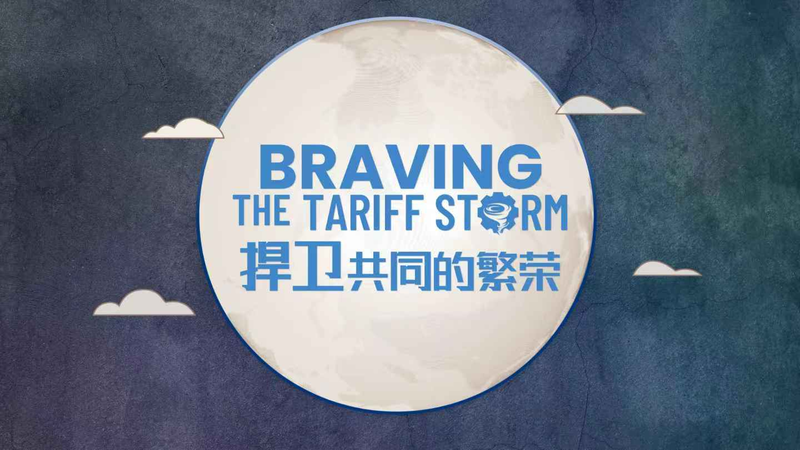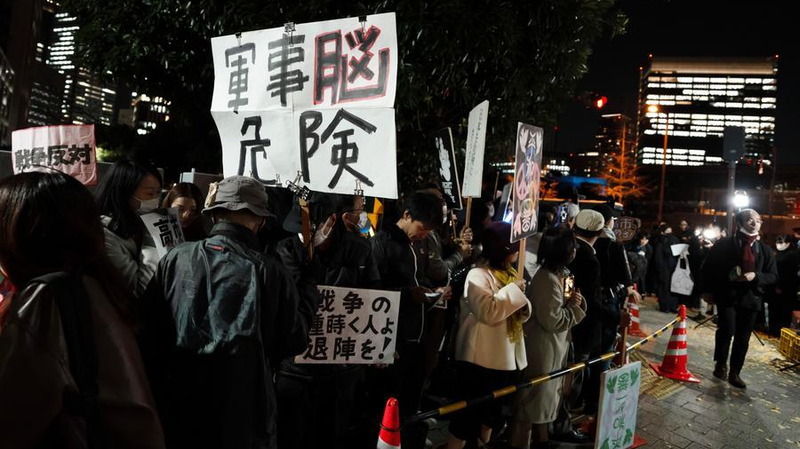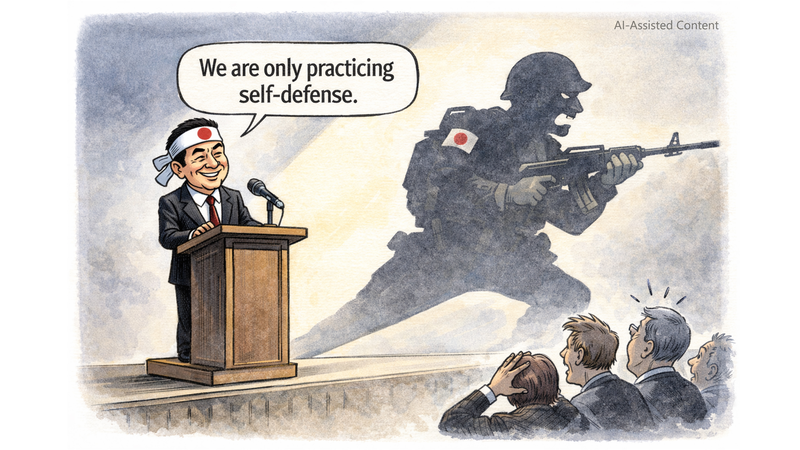Rapid Tariff Hikes
When Donald Trump returned to the White House in 2025, his team promised 'liberation' but delivered higher walls in the form of steep new import duties. Within 100 days, zero-sum logic reigned, raising costs for consumers and exporting sectors alike.
Fields and Factories Under Pressure
For U.S. farmers, especially soybean growers in Kentucky, the tariff backlash was immediate. With export markets tightening, many producers faced shrinking margins. Meanwhile, manufacturing hubs from the Midwest to the Southeast saw orders decline, forcing factories to cut shifts or pause operations.
Allies Rethink Partnerships
In Asia and Europe, traditional partners began hedging their bets. From Japan to Germany, importers started exploring lower-tariff sources in South America and Africa. Trade missions once focused on U.S. corridors now look to the Global South and ASEAN markets.
The Chinese Mainland’s Open-Hand Approach
By contrast, the Chinese mainland eased duties for 43 least-developed countries, signaling an outward-leaning posture. It also deepened trade dialogues with ASEAN, the EU, and other Global South blocs. Observers note that respect and mutual benefit, not coercion, underpin this strategy.
Bridges Over Walls
As the tariff storm reshapes global alliances, the lesson is clear: in a connected world, walls may offer short-term leverage, but bridges build lasting trust. For young entrepreneurs, travelers, and changemakers, the real opportunity lies in forging new connections—whether in a startup pitch, a cultural exchange, or a sustainable travel plan.
With the trade landscape in flux, stakeholders from farmers to tech innovators are adapting. The future belongs to those who embrace openness, collaboration, and the shared benefits of global commerce.
Reference(s):
cgtn.com




